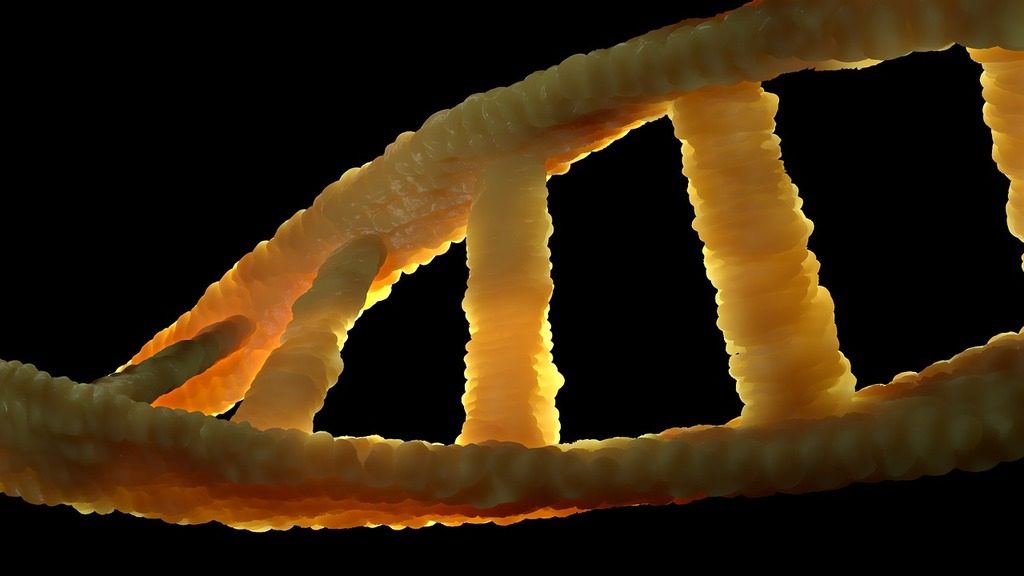The innovative idea was put forward by a team of researchers from the University of Arizona, who deposited photosensitive pigments on a DNA filament.
Real miniature solar panels that are able to capture the energy of the Sun with maximum efficiency. The project is the work of a team of researchers coordinated by Hao Yan, Yan Liu and Neal Woodbury of Arizona State University, who have created nano antennas, depositing particular pigments on the filaments of DNA, imitating the process of photosynthesis.
The leaves of the plants, so far, have represented the best of efficiency, in terms of capturing solar energy, having the ability to collect and channel it into the centers where the reaction of photosynthesis takes place, necessary for the survival of the plant.
The researchers, with their work, have managed, in some sense, to overcome Mother Nature, assembling the molecular complexes of colored pigments that capture solar energy, using as a model the architecture of the DNA.
The famous double helix has become, therefore, a scaffold on which to assemble the pigments, with the advantage of having complete control of the size and shape of the molecular complexes obtained. With a length of a few nanometers, these miniature solar panels have managed to capture and transfer solar energy losing only 1%.
